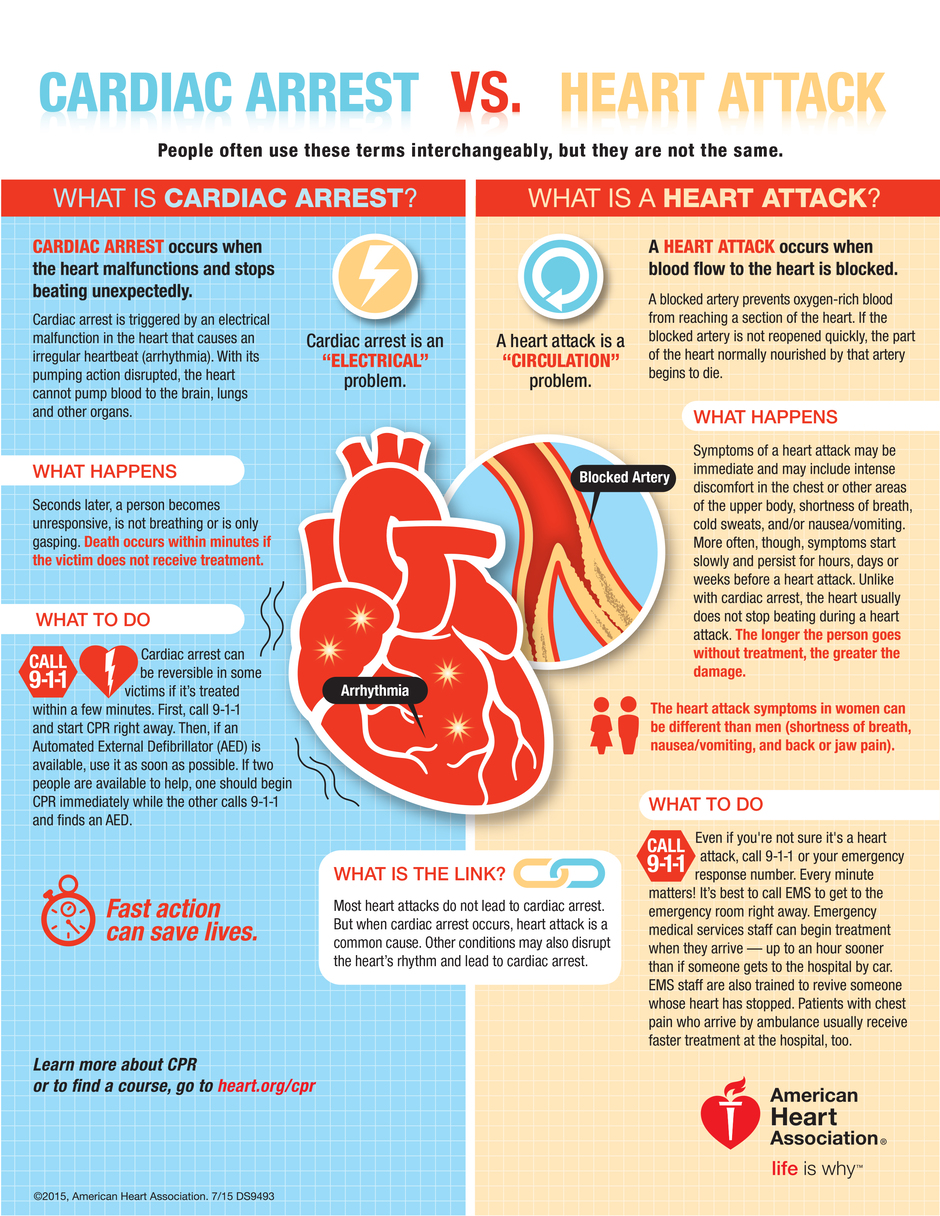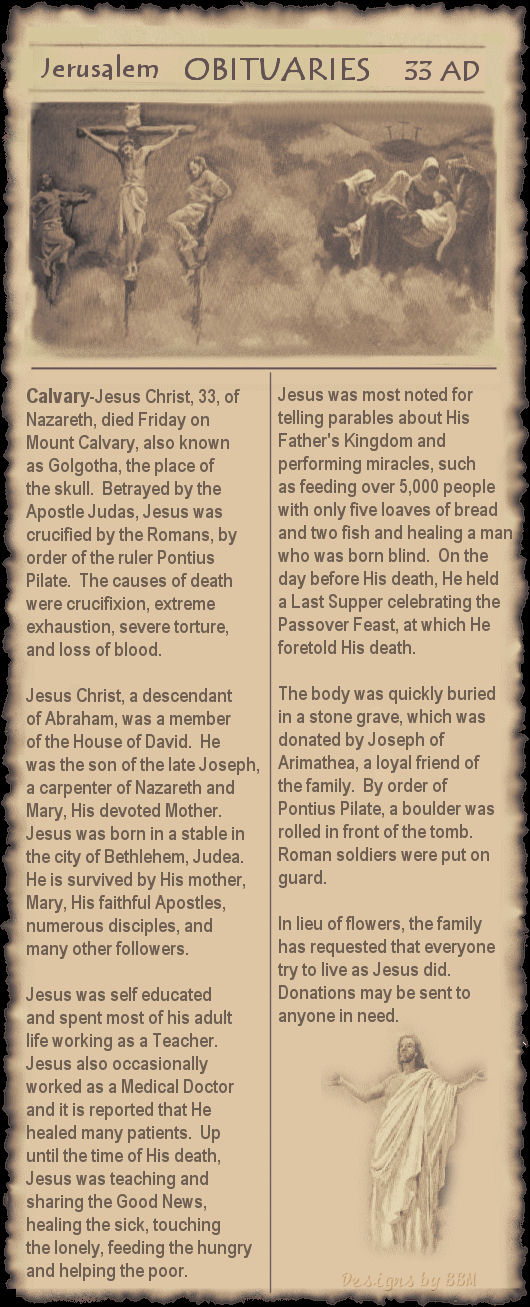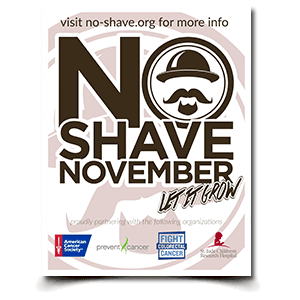Cardiac Arrest vs. Heart Attack – Know the difference between these two that deals with the heart. People often use these terms interchangeably, but they are not the same. #CardiacArrest #HeartAttack
Cardiac Arrest vs. Heart Attack
This infographic and copy came from the American Heart Association.
What is Cardiac Arrest?
Cardiac arrest occurs when the heart malfunctions and stops beating unexpectedly.
Cardiac arrest is an “Electrical” problem.
What Happens:
Seconds later, a person becomes unresponsive, is not breathing or is only gasping. Death occurs within minutes if the victim does not receive treatment.
What to do:
Cardiac arrest can be reversible in some victims if it’s treated within a few minutes. First, call 9-1-1- and start CPR right away. Then, if an Automated External Defibrillator (AED) is available, use it as soon as possible. If two people are available to help, one should begin CPR immediately while the other calls 9-1-1 and finds an AED.
Fast Action can save lives!
What is the link?
Most heart attacks do not lead to cardiac arrest. But when cardiac arrest occurs, heart attack is a common cause. Other conditions may also disrupt the heart’s rhythm and lead to cardiac arrest.
What is Heart Attack?
A heart attack occurs when blood flow to the heart is blocked.
A heart attack is a “Circulation” problem.
What Happens:
Symptoms of a heart attack may be immediate and may include intense discomfort in the chest or other areas of the upper body, shortness of breath, cold sweats and/or nausea/vomiting. More often, though, symptoms start slowly and persist for hours, days or weeks before a heart attack. Unlike with cardiac arrest, the heart usually does not stop beating during a heart attack. The longer the person goes without treatment, the greater the damage.
What to do:
Even if you’re not sure it’s a heart attack, call 9-1-1 or your emergency response number. Every minute matters! It’s best to call EMS to get the emergency room right away. Emergency medical services staff can begin treatment when they arrive – up to an hour sooner than if someone gets to the hospital by car. EMS staff are also trained to revive someone whose heart has stopped. Patients with chest pain who arrive by ambulance usually receive faster treatment at the hospital, too.
The heart attack symptoms in women can be different than men (shortness of breath, nausea/vomiting and back of jaw pain).
Learn more about CPR or find a course go to
heart.org/cpr

Check out National Wear Red Day
& Sudden Cardiac Arrest Awareness Month
About the Author
Discover more from Courageous Christian Father
Subscribe to get the latest posts sent to your email.


